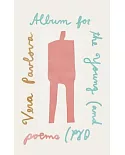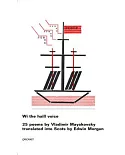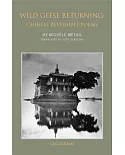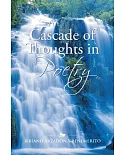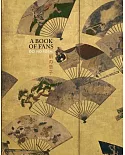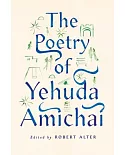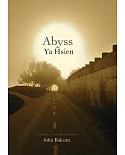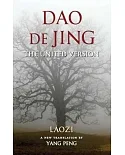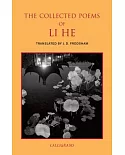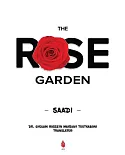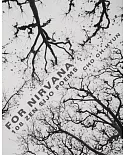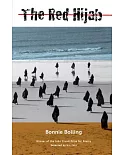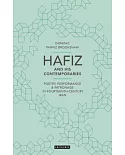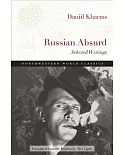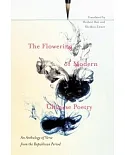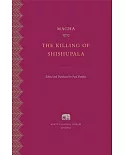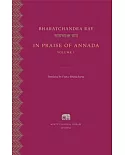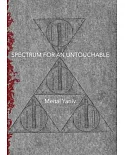"The Nine-Eyed Agate is a great illustration of the free-style poetry that dominates the Tibetan literary scene today. The author, Chenaktsang Dorje Tsering, alias Jangbu, is one of the most
celebrated and talented writers of his generation. His poetry and prose has been wonderfully rendered into English by Heather Stoddard, a leading expert in the field of Tibetan literature and
history. The book is illustrated with Jangbu's sketches, which, in addition to the poet's own preface and the translator's introduction, add great value to this unique publication." ---Nicolas
Tournadre, author of Manual of Standard Tibetan
"The Nine-Eyed Agate is a fascinating collection of poems and short stories by Jangbu, one of the most original and creative voices on the Tibetan artistic and cultural scene today. In times
when the map of Tibet is being drawn and redrawn in numerous ways by multiple actors, Jangbu opens a door to the intimate reaches of his Tibet and his Tibetan self, using radically contemporary
language, expression, and content. Remarkably translated by Heather Stoddard, this book is a must for everyone interested in modern Tibetan literature and culture. It definitely belongs on the
bookshelves of all those interested in poetry and art or indeed of anyone captivated by the countless marvelous possibilities of creation and recreation." ---Lara Maconi, INALCO, Paris
The Nine-Eyed Agate: Poems and Stories seeks to break stereotyped images of Tibet and Tibetans inside the People's Republic of China today, by presenting an outstanding modern intellectual and
artist, a free-wheeling and restless traveler who has explored every corner of the high Tibetan plateau, with a view to understanding the culture and history of his people, their plight, and
the key issues that Tibet faces today. Widely read in world literature through Chinese translation, Jangbu's writing is experimental, presenting a panorama of styles. There are short stories in
prose, poems in free verse, a few satirical takeoffs of classical Indo-Tibetan metrical works, and, more characteristically, the dense "obscure" poetry of the post-Cultural Revolution years in
China ( 1980s onward) for which the author is particularly well known. His work is often semiautobiographical, written in a "docu-fictional" mode, announcing Jangbu's growing fascination for
the screen. This book is essential reading for all those who wish to gain a more nuanced understanding of Tibet today.


